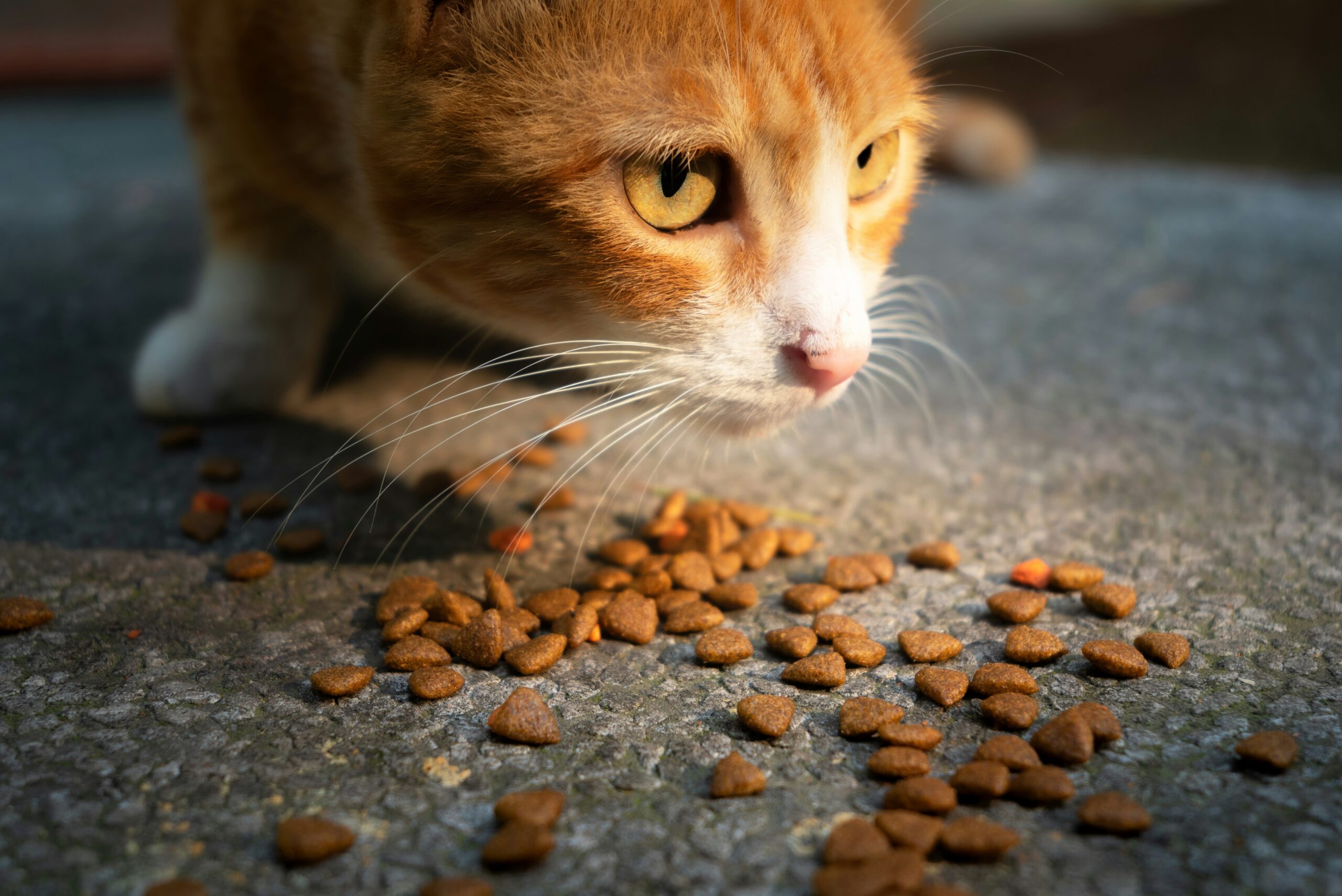How to Keep Toxic Elements Out of Your Cat’s Meals
Cats bring charm and mischief to our lives, but feeding them safely can feel like navigating a minefield with all the hidden risks in pet food. If you’re wondering how to keep toxic elements out of your cat’s meals, you’re not alone—cat owners everywhere are waking up to the dangers lurking in those cans and bags. The good news? You can take control and protect your feline friend. This guide will show you how to keep toxic elements out of your cat’s meals with practical steps, expert insights, and a peek at 2025’s safer feeding trends. Let’s ensure every purr comes with peace of mind.
Why Toxic Elements Sneak In
Cats are obligate carnivores, needing meat-heavy diets rich in protein and fats, but not all foods deliver safely. Toxins—like artificial additives, contaminants, or cheap fillers—can slip into commercial options, triggering allergies, organ strain, or worse. The American Society for the Prevention of Cruelty to Animals (ASPCA) warns that some ingredients offer no benefit and pose real risks. Knowing what’s harmful is the first step to keeping your cat’s bowl clean and healthy.
Step 1: Master the Art of Label Reading
Labels are your shield, but they’re cryptic. Look for “complete and balanced” per AAFCO guidelines, then dive into the ingredients. Meat (chicken, turkey) should lead—not “by-products” or “meal” with no source. Skip artificial preservatives (BHA, BHT, propyl gallate), colors (Blue 2), or sweeteners like xylitol—toxic to cats. I once ditched a bag after spotting “ethoxyquin”—a preservative tied to liver issues. It’s a puzzle, but cracking it beats a vet bill.
Step 2: Flag the Danger Zones
Certain ingredients scream trouble. High salt levels stress kidneys—common in cheap dry foods. Rendered fat or “animal digest” can hide rancid sources. Fillers like corn, wheat, or soy bulk up meals but cats barely digest them, and some batches carry mycotoxins (mold poisons). The PetMD team flags propylene glycol—banned in cat food in some places but still legal elsewhere. Memorize these; they’re the repeat offenders.
Step 3: Vet Your Brands
Not all companies prioritize safety. Research their history—recalls, lawsuits, or murky sourcing raise red flags. Visit their site: Do they name meat origins? Test for contaminants? I dropped a trendy brand after two recalls in a year; my cat, Luna, deserved better. Dig deep—reputation matters.
Step 4: Simplify with Limited-Ingredient Options
Less is more when dodging toxins. Limited-ingredient diets (LID) use minimal components—like salmon and peas—cutting the odds of nasties sneaking in. They’re pricier, but affordable versions are popping up. Luna’s itchy paws cleared up on an LID wet food—no dyes, no junk. It’s a streamlined fix for sensitive cats or cautious owners. Check labels even here—simple doesn’t always mean safe.
Step 5: Whip Up Homemade Meals
DIY cat food puts you in charge. Stick to vet-approved basics: cooked chicken or fish, a touch of liver, and taurine supplements (crucial for cats). A recipe from Furry-talk.com offers 2025 mixes—like turkey and pumpkin puree. Batch-cook, freeze, and skip additives; it’s cheaper than fancy cans and toxin-free. My friend’s tabby, Milo, glows on homemade—pure ingredients, pure results.
Step 6: Shop Ingredients Wisely
Homemade shines with smart sourcing. Grab human-grade meats from grocers—discount bins work if cooked soon. Fish like sardines (low mercury) add variety; frozen veggies (carrots, peas) boost vitamins. I snag chicken thighs on sale; Luna doesn’t care about the price tag. Avoid raw unless you’re a pro—bacteria risks outweigh the benefits. Steer clear of garlic, onions, or grapes—cat poison, per the ASPCA.
Step 7: Purify Treats Too
Treats can sabotage your efforts. Store-bought ones often pack dyes, flavors, or mystery fats—same dangers as bad food. Bake your own with tuna, flour, and an egg—cheap and clean. Or air-dry fish bits for chews. I made Luna tuna bites; she’d leap for them, and I skipped the $8 packs. Scrutinize bought treats—opt for single-ingredient options like freeze-dried chicken.
Step 8: Track Recalls Relentlessly
Recalls hit hard—stay ahead. Subscribe to FDA pet food alerts or follow watchdog sites. Cross-reference your brand; past issues like salmonella or aflatoxin signal weak spots. I swapped Luna’s kibble after a mold recall—caught it just in time. Apps or newsletters keep you sharp. A clean bowl today beats a crisis tomorrow.
Step 9: Watch Your Cat’s Signals
Your cat’s a living alarm. New food sparking vomiting, dull fur, or lethargy? Could be a toxin. Transition slowly—blend old and new over days—to pinpoint issues. Log their diet and reactions; Luna’s runny eyes flagged a fishy batch once. Vet tests can confirm suspicions—don’t ignore the signs when safety’s at stake.
Step 10: Ride 2025’s Safe Feeding Wave
Cat food’s cleaning up in 2025. Brands are swapping synthetics for natural preservatives (vitamin E, citric acid). Traceable sourcing—think QR codes to farms—is trending. Subscription boxes deliver “clean” meals at scale, easing costs. These shifts cut toxin risks without the guesswork. Jump in; your cat’s worth the future-proofing.
Myths to Kick to the Curb
Let’s debunk some fluff. Cheap food isn’t always toxic—check ingredients, not hype. “Grain-free” isn’t a cure-all; cats handle some grains fine unless allergic. And no, all wet food isn’t safer—contaminants don’t care about texture. I chased “premium” myths with Luna; wasted money, same health. Stick to facts, not fads.
A Cautionary Win
My cousin Sarah faced this head-on. Her Siamese, Cleo, ate a budget brand with “poultry fat”—soon, she was listless, coat patchy. A vet linked it to rancid oils. Sarah switched to a vetted LID, added DIY turkey, and Cleo perked up—vet visits down, sass back. It took a scare, but she nailed it. You can skip the panic with these steps.
Final Thoughts: How to Keep Toxic Elements Out of Your Cat’s Meals
Mastering how to keep toxic elements out of your cat’s meals blends diligence and care. Read labels, dodge dangers, cook smart, and tap 2025’s clean trends—your cat stays safe, and you stay calm. It’s more than feeding; it’s guarding their nine lives. So grab a can, a recipe, and some know-how—your feline’s next meal is a triumph.


No responses yet